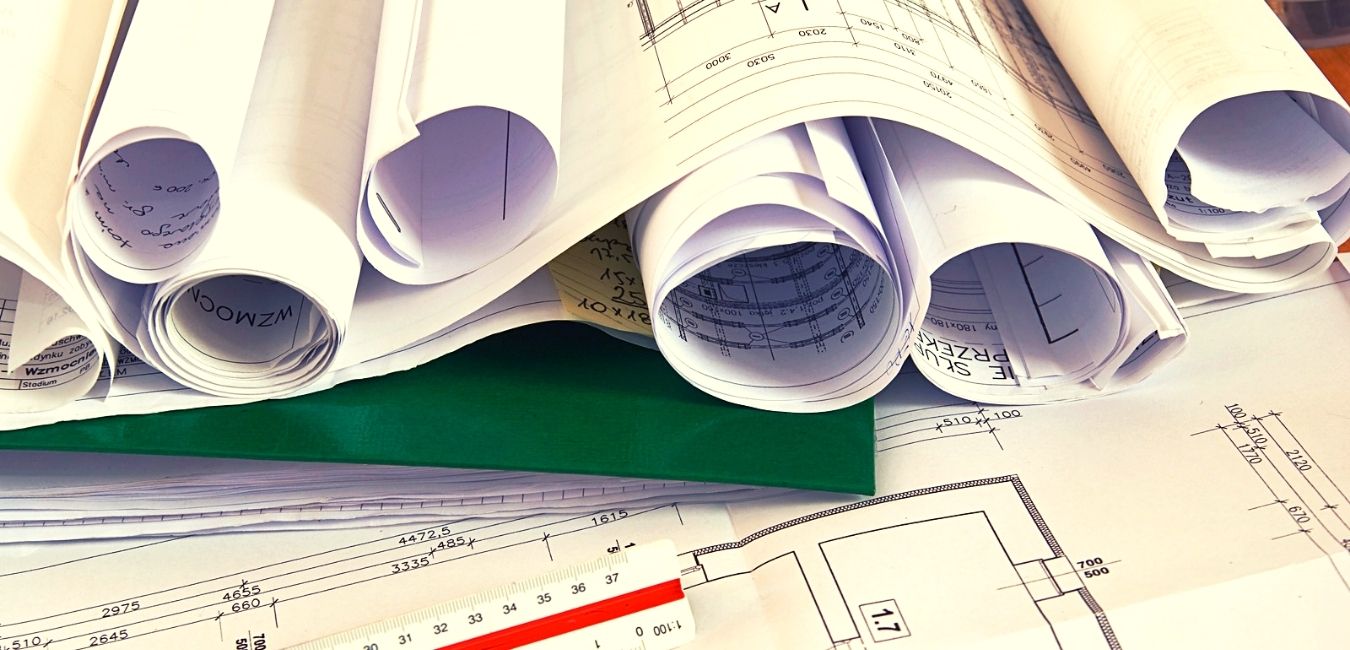Optimizing Task Cooperation: Architect's Finest Practices in Building And Construction Paper Monitoring
In the elaborate realm of architectural projects, the efficient monitoring of building records stands as a foundation for success. Architects, with their careful interest to information and cutting-edge style remedies, are entrusted with orchestrating a harmony of sources, timelines, and stakeholders. Nonetheless, amidst this complexity lies a sixty-four-thousand-dollar question: how can architects streamline cooperation procedures to boost task outcomes? By discovering key methods such as leveraging cloud-based systems, developing robust communication methods, and ensuring data security, architects can elevate their document monitoring practices to new heights.
Leveraging Cloud-Based Systems
Leveraging cloud-based platforms is an essential strategy for contemporary engineers in enhancing building file management procedures. By transitioning from standard paper-based systems to shadow services, engineers can enhance partnership, boost document accessibility, and enhance overall job efficiency. Cloud-based platforms use designers the ability to shop, share, and update building and construction papers in real-time, guaranteeing that all staff member have accessibility to the most existing info despite their area. This ease of access advertises smooth communication and sychronisation amongst project stakeholders, resulting in fewer errors and hold-ups in the construction process.
Additionally, cloud-based platforms offer a protected environment for saving sensitive task info, using encryption, normal back-ups, and individual authorization setups to safeguard information stability. Architects can likewise gain from the scalability of cloud options, permitting them to readjust storage space capability and capability based upon project needs. On the whole, leveraging cloud-based systems encourages architects to enhance their building and construction document administration procedures, driving greater collaboration, efficiency, and success in their tasks.
Executing Version Control Systems
Having actually established the benefits of cloud-based platforms in construction paper monitoring, architects can currently boost their record control procedures by carrying out Variation Control Systems. Variation Control Equipment (VCS) are necessary tools that track adjustments in documents, ensuring that employee are always working with the current and most accurate info. By applying VCS, designers can maintain a centralized repository where all project papers are stored, making it possible for smooth cooperation while minimizing the threat of errors and variation problems.
One key advantage of Version Control Solution is the ability to track the full background of paper changes, allowing customers to go back to previous versions if required (construction document management). This function is especially important in construction jobs where design versions and adjustments are typical. VCS assists in far better interaction among group members by offering a clear audit trail of who made details adjustments and when they were made. This openness not just boosts responsibility but likewise aids in settling conflicts or discrepancies that may emerge during the task lifecycle.
Establishing Interaction Protocols
To make certain effective and efficient project coordination, designers need to establish clear and durable communication methods within their construction document administration procedures. Interaction protocols define the techniques, frequency, and channels with which team participants exchange information, updates, and feedback. One essential aspect of developing these methods is determining a central communication system where all project-related discussions and document sharing can take location. This platform can be a job monitoring software, email strings, or cloud-based storage space services. By setting guidelines on how information is distributed and exactly how team participants communicate with each other, architects can streamline the circulation of information and stop miscommunications or hold-ups in the building process.
Furthermore, communication protocols need to additionally consist of guidelines on how to take care of problems, modification orders, and urgent issues that might develop during the project lifecycle. Developing an organized method to communication makes certain that all stakeholders get on the exact same page, advertises transparency, and ultimately adds to the effective completion of the building and construction job.
Using BIM Software for Coordination
BIM software plays a crucial function in improving sychronisation among task group members in the building and construction market. Structure Info Modeling (BIM) facilitates cooperation by offering a central platform where engineers, engineers, contractors, and various other stakeholders can collaborate in a collaborated fashion. With BIM software, job participants can access my response and update a common model that has in-depth information concerning the building style, construction elements, and project routines.

In addition, BIM software program allows real-time collaboration and interaction amongst employee, no matter their physical area. With cloud-based BIM systems, project stakeholders can access the current task info, track modifications, and make informed choices immediately. In general, leveraging BIM software for control improves project performance, performance, and eventually leads to effective project end results.
Ensuring Data Security and Conformity
In the realm of building and construction paper management, guarding data integrity and making sure regulatory compliance are extremely important considerations for engineers and other task stakeholders. Designers should execute robust safety and security actions to safeguard sensitive task details from unauthorized gain access to or violations. Making use of protected cloud storage options with security protocols and access controls can assist alleviate threats related to data theft or loss. Regularly updating software and systems, carrying out safety audits, and giving team training on data security best practices are vital action in keeping a secure environment for building paper monitoring.

Final Thought
Finally, designers can maximize job cooperation in building record management by leveraging cloud-based systems, executing variation control systems, establishing interaction protocols, making use of BIM software application for coordination, and making sure data safety and security and conformity. These ideal practices assist simplify the construction process, enhance interaction among task stakeholders, and boost efficiency in job shipment. By adhering to these standards, architects can visit the site efficiently handle building and construction records and help with successful job results.
Via BIM software program, project participants can access and update a common design that includes in-depth information about the structure style, building components, and job timetables.
Via cloud-based BIM systems, project stakeholders can access the newest task details, track adjustments, and make educated decisions quickly - construction document management. In general, leveraging BIM software program for coordination improves task performance, efficiency, and eventually leads to effective job end results
In final thought, designers can enhance task collaboration in building and construction paper administration by leveraging cloud-based platforms, executing version control systems, developing communication protocols, utilizing BIM software application for sychronisation, and ensuring information protection and conformity. These ideal techniques help streamline the building and construction procedure, improve interaction amongst project stakeholders, and boost effectiveness in project distribution.